
Summer residents always have a certain duality of perception of a country house. On the one hand, they want to grow wonderful vegetables and berries, realizing that it is not only exciting, but also physically difficult and time-consuming. Another aspect is that they want to work less and rest more. And they can’t seem to get along. It can be said that it is difficult to combine the desire to relax and work to one degree or another.
Although… Sometimes gardeners give themselves extra work: they create a problem, and then spend time and energy to overcome it.
On the choice of technology
That’s not going to happen. We will assume that this is familiar because it has been developed by many generations. I want to dig up the beds – please! We’ll talk a little bit about each other.
On the beds
Some books still recommend double digging. It can be in two versions. The first and simplest: spring and autumn. In the spring it is clear for what. It is necessary to loosen the ground up to the roots of seedlings. And in the fall? It was only the soil that began to acquire structure, roots grew in it, earthworm passages appeared, “soil” animals began to form in it, its summer organic top dressing was enough to prepare for winter. And then everything turns inside out again. And this is a reason that I think is reasonable, saying that such an inverted soil by itself can absorb more water. With the arrival of spring, gardeners are fertilizing the soil with renewed vigor, trying to feed the destroyed microscopic inhabitants of the soil, to help them gather strength for a new autumn digging. After working in the summer and digging again in the fall? However, too many times there is a reversal of the fertile layer.

The shovel is the main tool for additional work in the country
The second option is when they do not just dig up the site, but completely swap the two layers. The first is removed and stored, and the second is removed, giving way to the first, and it is selected to the surface. This is a very difficult, very hard job. And meaningless — because it seems that everyone already knows that nutrients from the soil are washed out by rain and snow waters. Where to? To the lower horizons, which are considered inaccessible to the roots.
Soil fertilizer
Well, when I have the opportunity to bring thirty tons of humus to the site, I will hire workers to scatter it in the places where the vegetable garden is located, and dig it up. But this is the dream of every vacationer. Often selected cow manure is wealth.
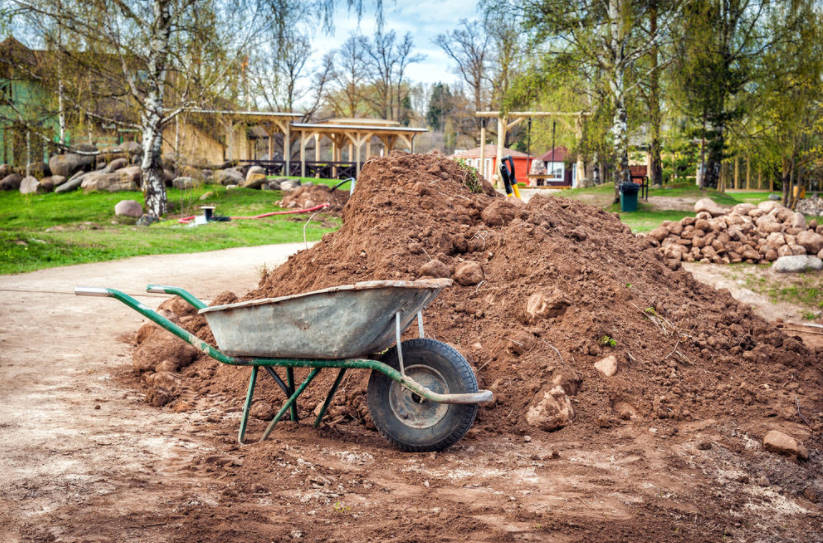
A large pile of humus is a wonderful gift for a summer resident
Under poor conditions, it is easier to fertilize each plant separately, and to mulch the beds. It requires less work, and the technology is followed.
Ultra-tight fit
It is good when there is spring time for planting in this way. After all, the layout of the beds, their drawing, placement on each small plot of selected plants takes a lot of time. After all, plants will have to be planted on such beds for a long period, because each crop is planted at its own time. And skillfully implant a new one so as not to damage the already growing root system.
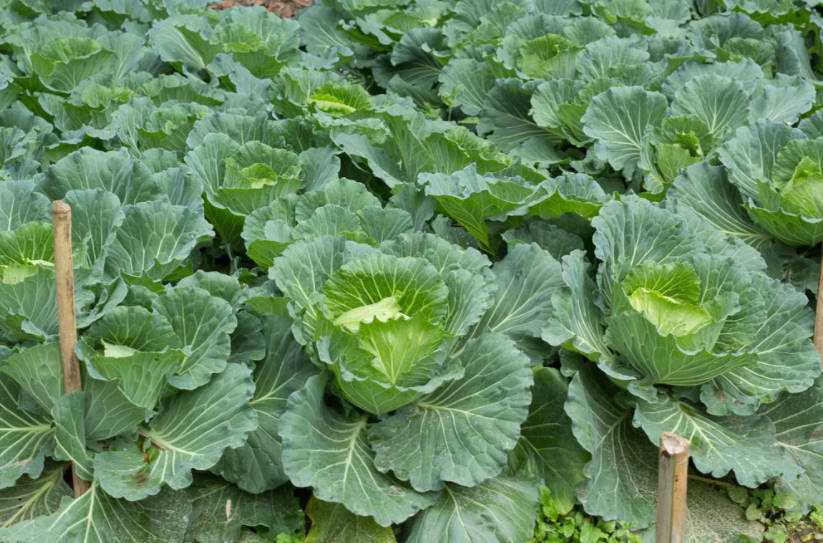
Compacted planting of cabbage
The method of super-dense planting is wonderful, but requires special attention and the creation of flowerbeds of a special style. On wide beds, plants will only interfere with each other. Beds with super-heavy planting require the close attention of a summer resident. An example of a super-dense planting is a well-groomed garden with overgrown strawberry bushes, when whiskers gave birth to new plants. It is difficult to harvest, and it does not work at all to take care of.
Weeds
Here it is necessary to move away from the usual pulling of each root from the soil.
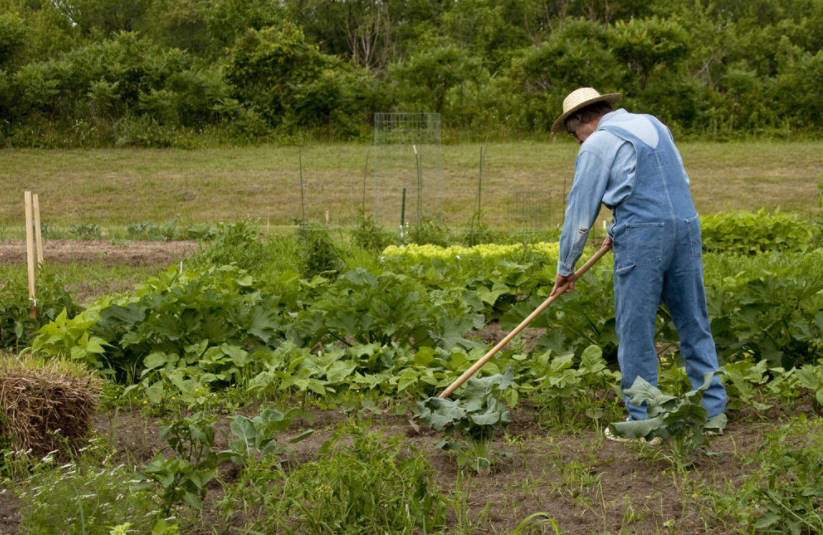
It’s easier to get used to the cultivator and fall in love with weeds
To overcome them, you can use a cultivator.
A bit about pumpkin
She likes to fertilize the soil with small fertilizers and grows on piles of plant debris. However, there are recommendations to grow pumpkins in specially created pitts for her. We dig out this “crescent” with a depth of about half a meter (1.6 ft) and a width of about a meter (3.3 ft), stuff plant debris, humus there, add ash and mineral fertilizers, and in this miracle of garden thought we sow seeds. It is good if the crop broke the scale platform with its weight, and if not, each plant planted gives one melon.
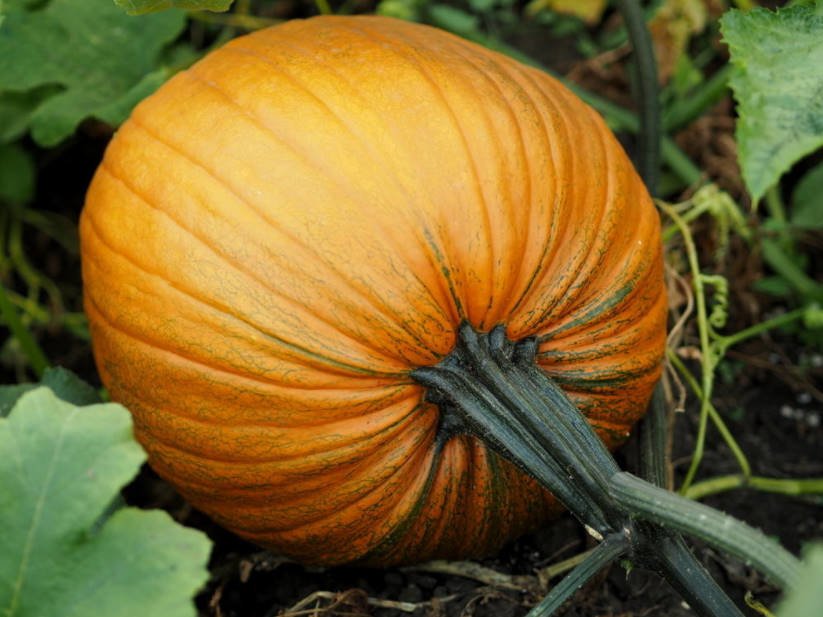
Harvest pumpkins on a rich soil
You can actually do it easier, even in hot and dry summers. Collect all the plant waste in one pile, fertilize them, and they will sprout. Our summer resident has grown two pumpkins of a rich harvest on one pile in one season. Watering is still easier than digging trenches. And it takes less time .
If you look closely…
You can find many such improvements in gardening. Someone creates a special support for the garter of tomato bushes. Someone is digging deep holes for planting potatoes. Someone is weaving braids from potato tops.
I won’t argue. It’s interesting, it’s attractive, it’s unusual. While there is strength, health and additional workers.

Family is seven pairs of hands
This is the main reason for the transition to growing vegetables and berries in box beds. The work becomes easier, easier, frees up time for other activities. And the harvest is growing!
A person has a special ability: to create problems and then eliminate them. Maybe it would be easier not to create?



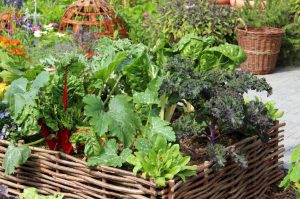
Leave a Reply